Svalbard Express
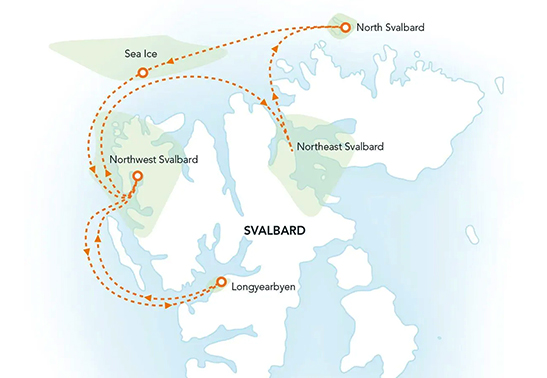
Longyearbyen to Longyearbyen
Duration: 7 Days
Boats: Ocean Albatros
Sailing Date : Jun 08 2027 | Jun 14 2027 | Jun 20 2027
Itinerary
Day 1
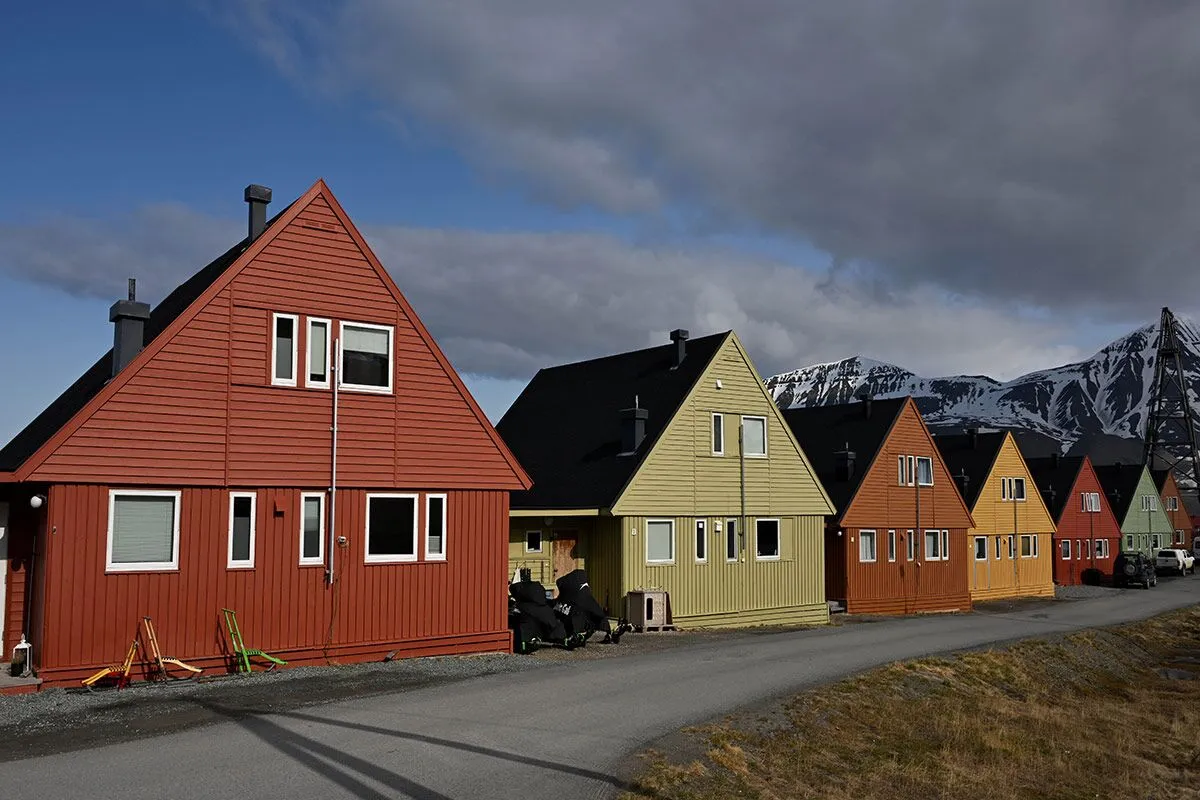 All Aboard in Longyearbyen!
All Aboard in Longyearbyen!
Begin your journey in Norway and arrive in Longyearbyen, Svalbard—the northernmost town on Earth. Despite its remote Arctic location, Longyearbyen offers warm Nordic hospitality. Upon arrival, you’re greeted by crisp polar air, dramatic mountain views, and a polar bear warning sign reminding visitors of their wild new location. Your expedition ship Ocean Albatros awaits you in the harbour; toast your departure from civilization as you sail into the Arctic wilderness, on course for adventure!
Day 2
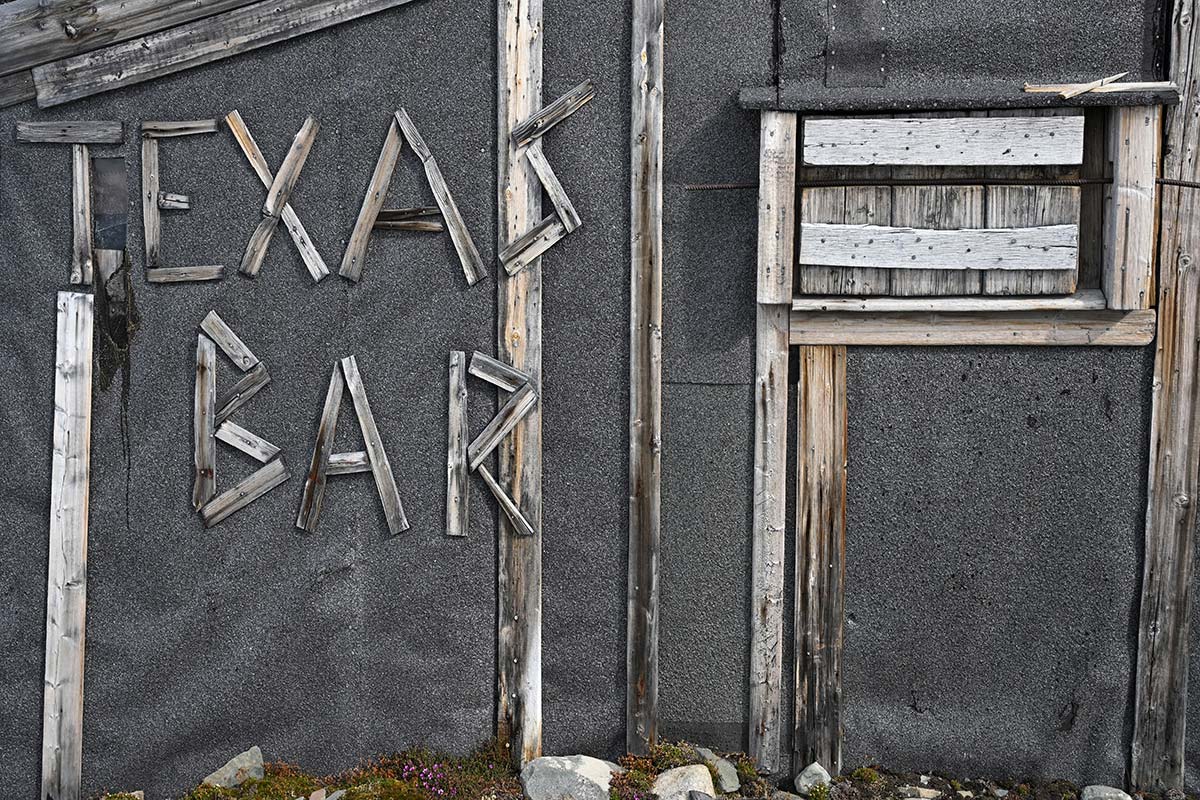 Northwest Svalbard
Northwest Svalbard
Northwest Svalbard, a National Park since 1973, preserves a rich history of early Arctic exploration and whaling. First visited by William Barents in 1596, the area became a hub for Dutch and English whalers. Their haunting remnants, such as the blubber ovens and graves of young sailors at sites such as Smeerenburg, remain visible. Now heavily protected, the region has been reclaimed by nature, rich in Arctic flowers, seabirds, walrus, and polar bears, making it once again a pristine wilderness and haven for wildlife.
Day 3
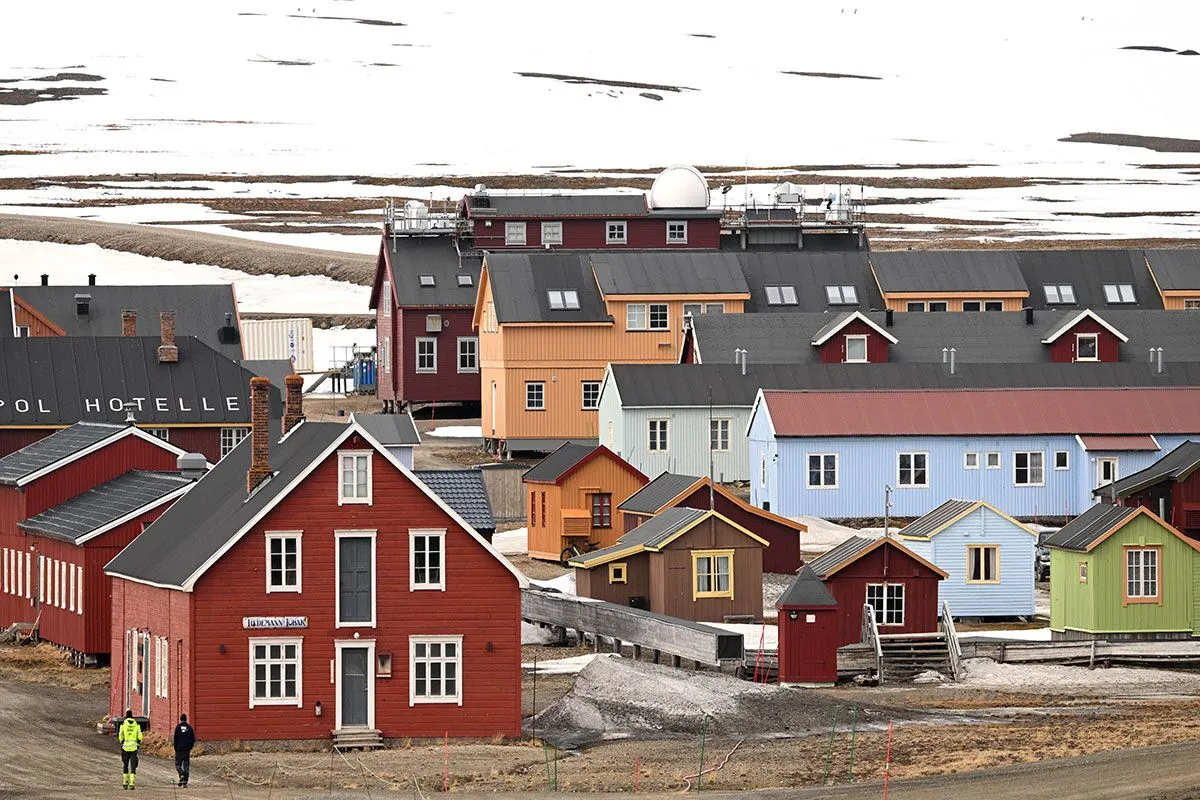 Northeast Svalbard
Northeast Svalbard
In the morning, the expedition enters the icy wilderness of northeastern Svalbard, a stark polar desert shaped by the absence of warming ocean currents. Here, vast glaciers descend into ice-choked waters, surrounding rugged landscapes which appear barren, yet teem with life. Arctic foxes prowl the chilly shores, while hundreds of thousands of seabirds nest on cliffs above. These cold coastal waters are rich in shellfish, attracting the walrus, which are common in the area. Our exploration plans depend on rapidly changing sea, wind, and ice conditions, embodying the dynamic and unpredictable essence of true polar adventure.
Day 4
 North Svalbard
North Svalbard
Next, we strive for some of the northernmost pieces of land on Earth – stark landscapes almost permanently beset by ice. With luck, we may reach the polar desert island of Nordaustlandet, or the smaller islands of Sjuøyane in the far north of Svalbard. The almost vegetation-free, rocky islands are located around 1000 km further north than mainland Norway’s famous Nordkapp. Weather permitting, we will land and walk upon these most northern landmasses. These high Arctic islands are quite barren, and only moss, hardy tundra plants and lichens cover the stones. The birdlife is rich in this area, with flocks of grazing geese and nesting terns and skuas – keep your binoculars handy! At the end of the day, we will start cruising towards the Arctic ice pack which stretches from Svalbard to the North Pole and beyond.
Day 5
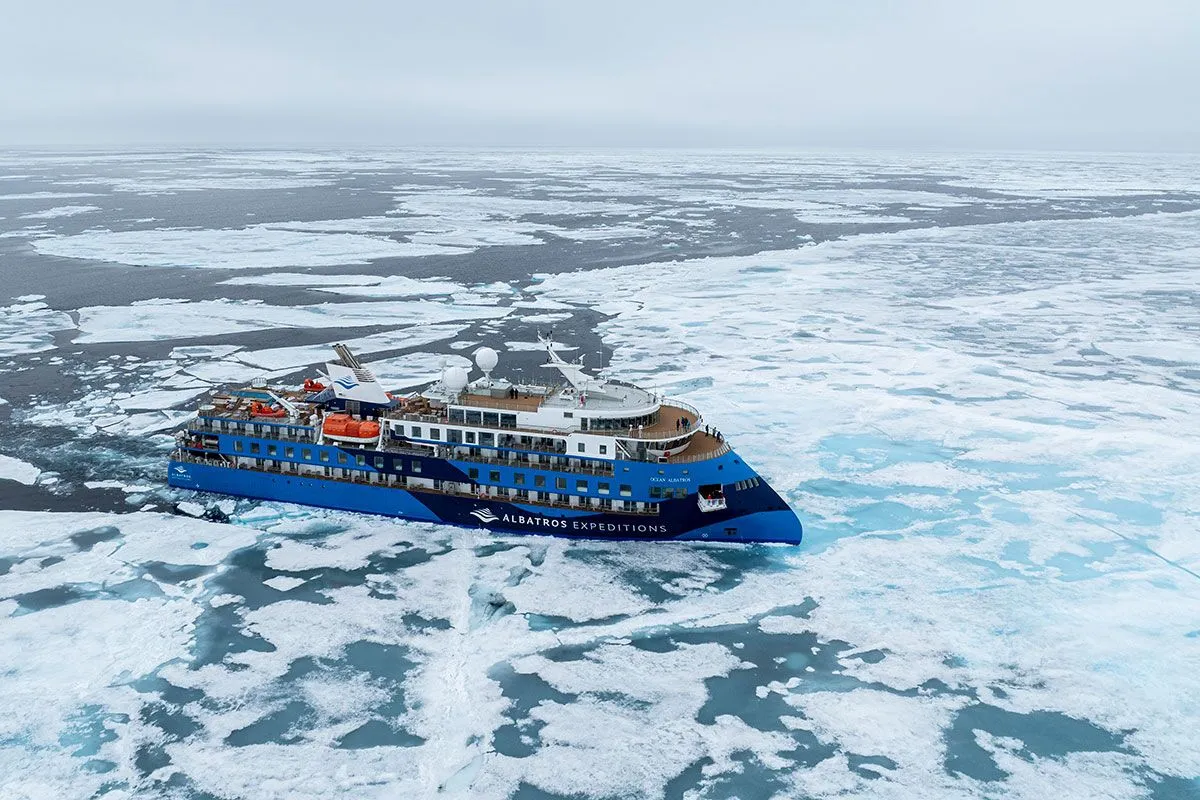 Into the Ice
Into the Ice
The Arctic ice pack north of Svalbard is a vast, ever-changing wilderness stretching to the North Pole and beyond to Alaska and Siberia, forming one of Earth’s largest and most dynamic habitats. Though it appears empty at first, this icy realm conceals abundant wildlife—from tiny cod-like fish to seabirds and seals, belugas, bowhead whales, and the elusive polar bear, the region’s apex predator. Ocean Albatros can navigate these narrow ice channels, offering a rare glimpse into this mysterious, shifting environment where nature’s secrets unfold with patience and careful observation.
Day 6
 Kongsfjorden Area
Kongsfjorden Area
During the Arctic “night,” we sail into the stunning Kongsfjord, a vast fjord system framed by glaciers and the dramatic Three Crowns mountains. Here we will visit Ny-Ålesund, Earth’s northernmost settlement, known for its scientific stations and historic role as a base for legendary polar explorers such as Amundsen and Nansen. This remote outpost continues to support vital research amid its breathtaking surroundings, blending the frontiers of science and exploration.
Day 7
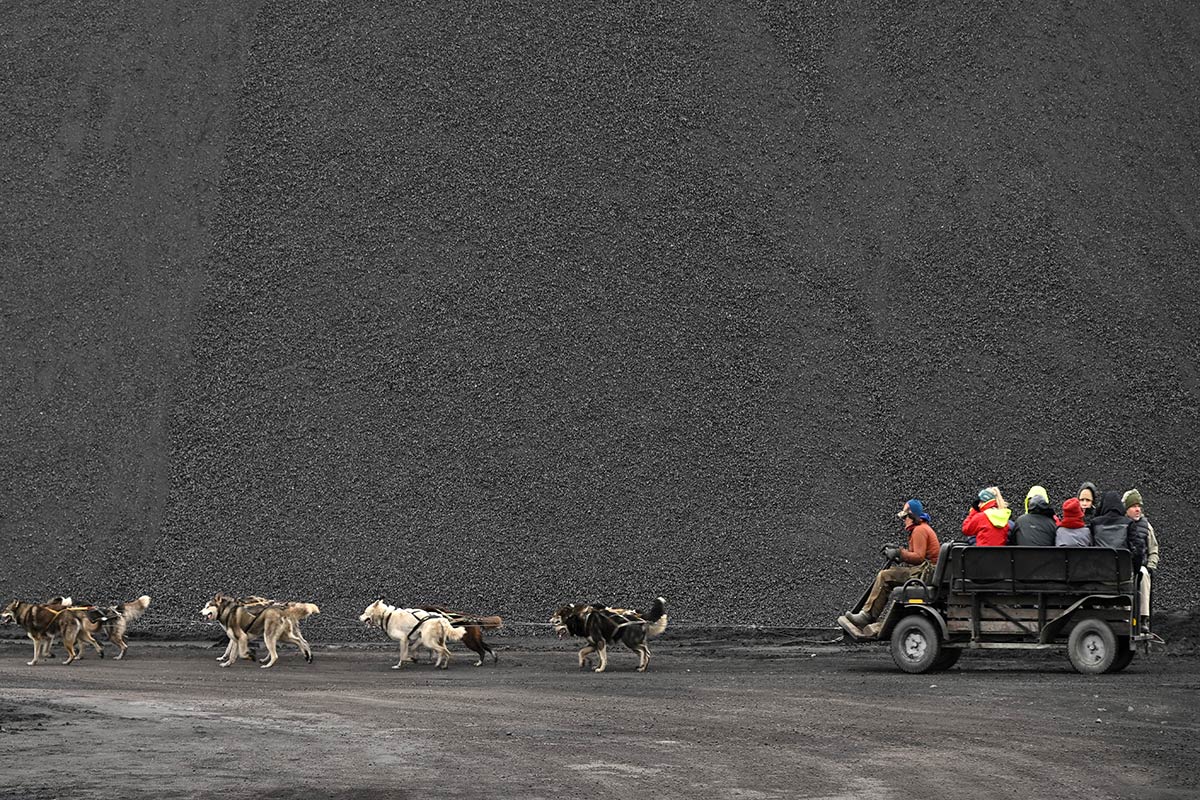 Longyearbyen Disembarkation
Longyearbyen Disembarkation
On the final morning of our expedition, we arrive back in Longyearbyen. Even this small town will feel like a metropolis after days of isolation in the wilderness of the Arctic! After exploring Longyearbyen and bidding a fond farewell to the crew and fellow Arctic explorers, return to Svalbard Airport and join your flight back to the Norwegian mainland- with memories to last a lifetime.

